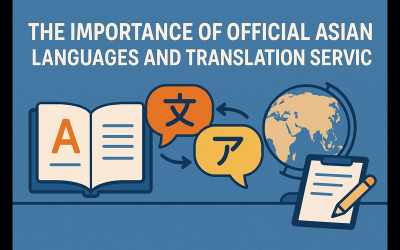An academic document, such as a diploma, confirms the candidate’s completion of some educational program and even attaining some relevant skills in the field. Academic document translation is needed when one studies abroad, applies for a job or continues an academic career. This paper highlights the major points that require consideration while translating a diploma.
When is Academic Document Translation Required?
The cases in which an academic document translation may be required, include the following:
Studying Abroad: This could be for admission into educational institutions or to avail of scholarship opportunities in another country. Whatever the case may be, your diploma would need translation into the target language.
Professional Certification: In the case of licensed professions, you may need to send the translated diplomas to the licensing authority in order to practice the profession in that country.
How to Translate an Academic Document
Translation is a multi-step process:
- Professional Translation Agency: Look for a seasoned, well-known agency specializing in legal document translation. Make sure this translation firm has certified translators.
- Organize the Documents You Need: Prepare the original and copies of your diploma, a copy of your identification, and a translation request form.
- Commission Translation: Contact the chosen translation agency and request that they effect a translation of your diploma. They will notify you of the amount payable and how long it will take.
- Review the Translation: Check the translation when you get it for accuracy and omnibus relation. If necessary, have the same corrections.
Certified Translation Services
Get your documents translated and certified by a professional translator in 120+ languages with 24 hour delivery.
Get a QuoteThings to Note in Translating Academic Documents
Costs of Academic Document Translation
One paid-for academic translation differs from agency to agency, according to the length of the document, and the language combination. The average pricing for the translation of a diploma lies between 15 – 20 USD per page.
Academic Document Translation – Frequently Asked Questions
1. Who can Translate Diplomas?
The translations of diplomas are done only by a sworn translator or a translation agency.
2. How much time does translating a diploma take?
This depends on the agency and the length of the document. A common period that it takes to translate a diploma is 1-2 business days.
3. Are certified translations required for diploma and transcript translations?
In general, yes. Translations of academic documents such as diplomas and transcripts are generally required to be translated by certified translators. This requirement may vary depending on the institution you are applying to and the target country.
 Rana Maalouf
Rana Maalouf

